 A commuter train car careened off the end of elevated train tracks yesterday near Rotterdam in the Netherlands. It was saved from plunging more than 30 feet to the ground when it landed on the sculpture of a whale’s tail. It was indeed a fluke.
A commuter train car careened off the end of elevated train tracks yesterday near Rotterdam in the Netherlands. It was saved from plunging more than 30 feet to the ground when it landed on the sculpture of a whale’s tail. It was indeed a fluke.
The NYTimes quotes Ruud Natrop, a spokesman for safety in the Rotterdam-Rijnmond area, where the accident occurred. “It’s like the scene of a Hollywood movie,” he said. “Thank God the tail was there.”
The derailment, in the city of Spijkenisse, happened around 12:30 a.m. on Monday, according to local news outlets. The driver was the only person on the city train and was unharmed, Mr. Natrop said, and was taken to the hospital for an evaluation and then to the police station for questioning.
Continue reading

 The fishermen knew. They told stories of swordfish using their eponymous swords to stab sharks and other large fish and mammals. Scientists, however, were skeptical. Recently, however, more than six dead sharks have washed up around the Mediterranean, all apparently stabbed, usually in the head, by swordfish.
The fishermen knew. They told stories of swordfish using their eponymous swords to stab sharks and other large fish and mammals. Scientists, however, were skeptical. Recently, however, more than six dead sharks have washed up around the Mediterranean, all apparently stabbed, usually in the head, by swordfish.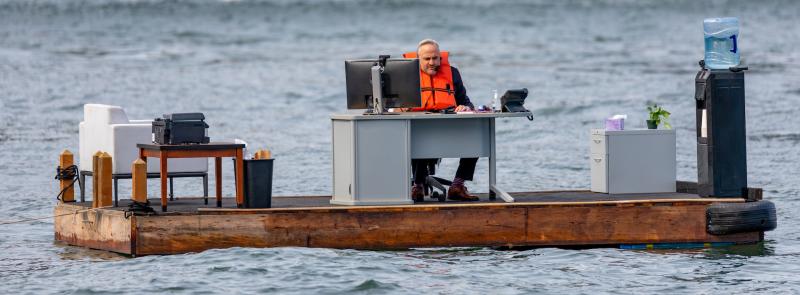 Boaters were recently surprised to find a man working in a fully outfitted office on a raft anchored in New York’s East River. The office was the brainchild of
Boaters were recently surprised to find a man working in a fully outfitted office on a raft anchored in New York’s East River. The office was the brainchild of  On Halloween, it seems appropriate to look at the legend of the
On Halloween, it seems appropriate to look at the legend of the 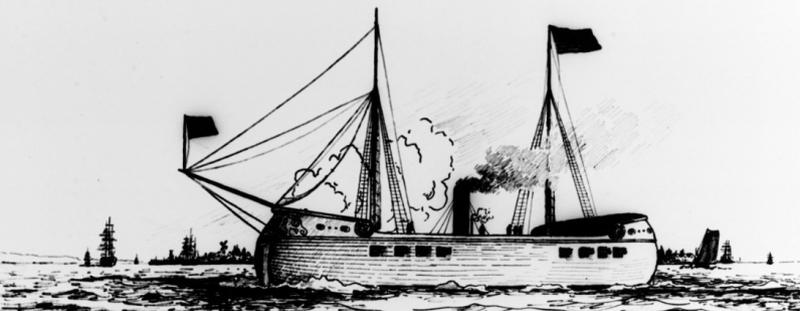 On October 29, 1815, 205 years ago yesterday, the
On October 29, 1815, 205 years ago yesterday, the 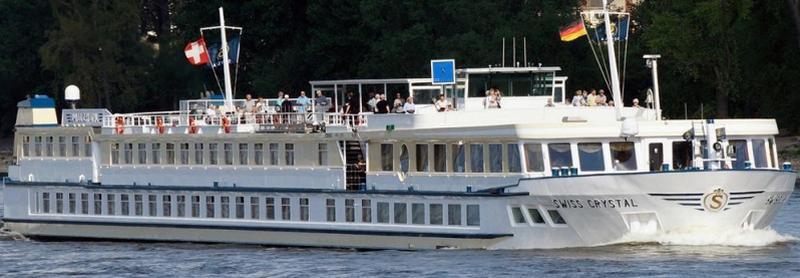 You might call it yodeling for Covid. Following a
You might call it yodeling for Covid. Following a  The Greek Navy minesweeper
The Greek Navy minesweeper 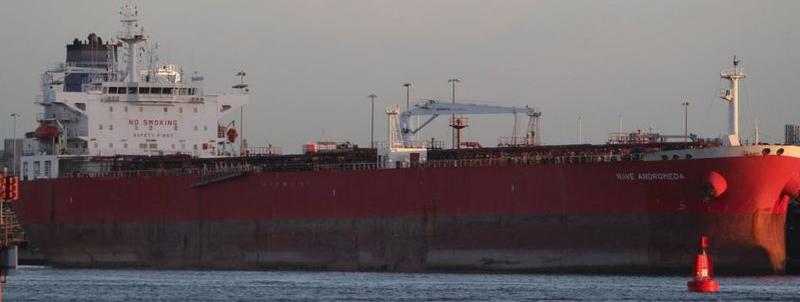 Seven people were detained after British special forces stormed the Liberian registered tanker,
Seven people were detained after British special forces stormed the Liberian registered tanker,  Back in 2013, we posted about a
Back in 2013, we posted about a 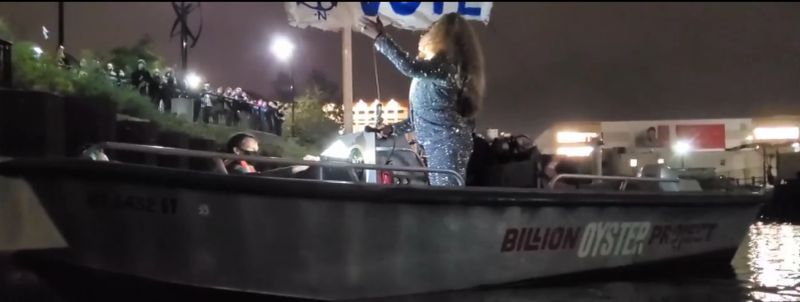 On the eve of the first day of early voting in New York, an exquisite mix of music and the sound of merriment rose from the murky waters of the Gowanus Canal as the
On the eve of the first day of early voting in New York, an exquisite mix of music and the sound of merriment rose from the murky waters of the Gowanus Canal as the  The story of the New York Marine Hospital in Staten Island—known simply as “the Quarantine,” seems very timely. It was the firey center of what became known as the
The story of the New York Marine Hospital in Staten Island—known simply as “the Quarantine,” seems very timely. It was the firey center of what became known as the 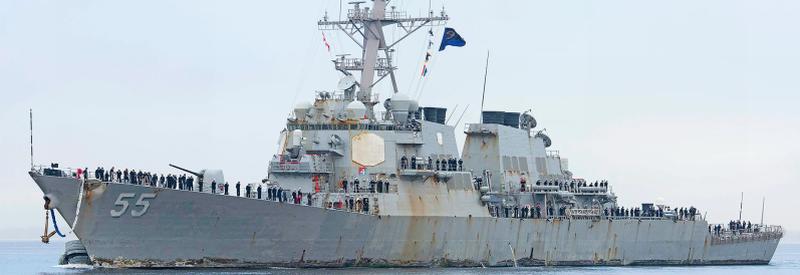 The pandemic has taken a toll on even those of us who remained untouched by the virus. In a trivial example, for me, it was a haircut. After five months without a haircut, I was feeling very shaggy when the barbershops finally reopened.
The pandemic has taken a toll on even those of us who remained untouched by the virus. In a trivial example, for me, it was a haircut. After five months without a haircut, I was feeling very shaggy when the barbershops finally reopened. Two hundred and fifteen years ago today, in 1805, the Royal Navy, commanded by
Two hundred and fifteen years ago today, in 1805, the Royal Navy, commanded by 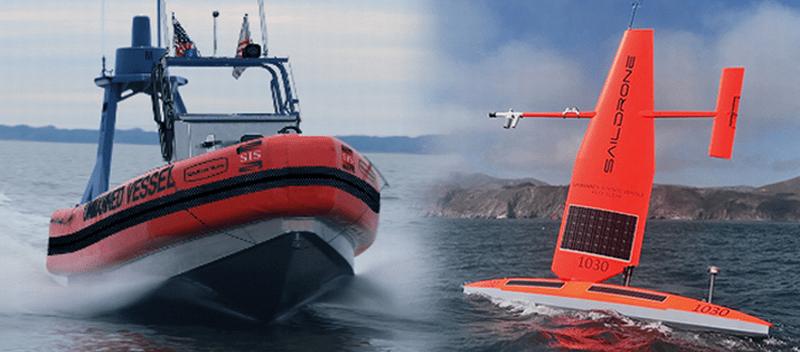 The
The 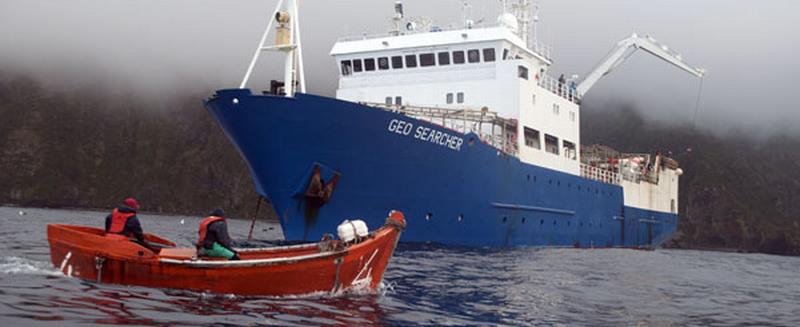
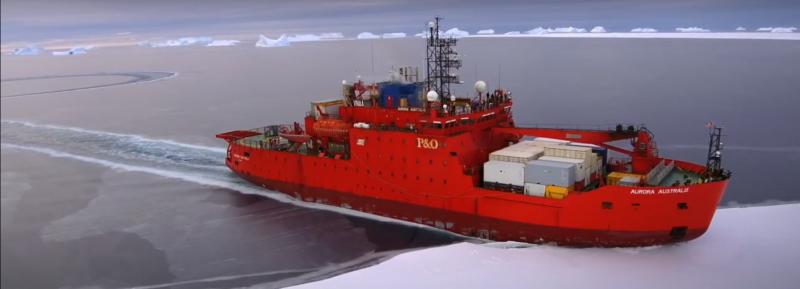 Australia’s only home-built icebreaker will soon leave their shores. The icebreaker
Australia’s only home-built icebreaker will soon leave their shores. The icebreaker  Venice, Italy is sinking at about
Venice, Italy is sinking at about  We are a bit late posting about the
We are a bit late posting about the